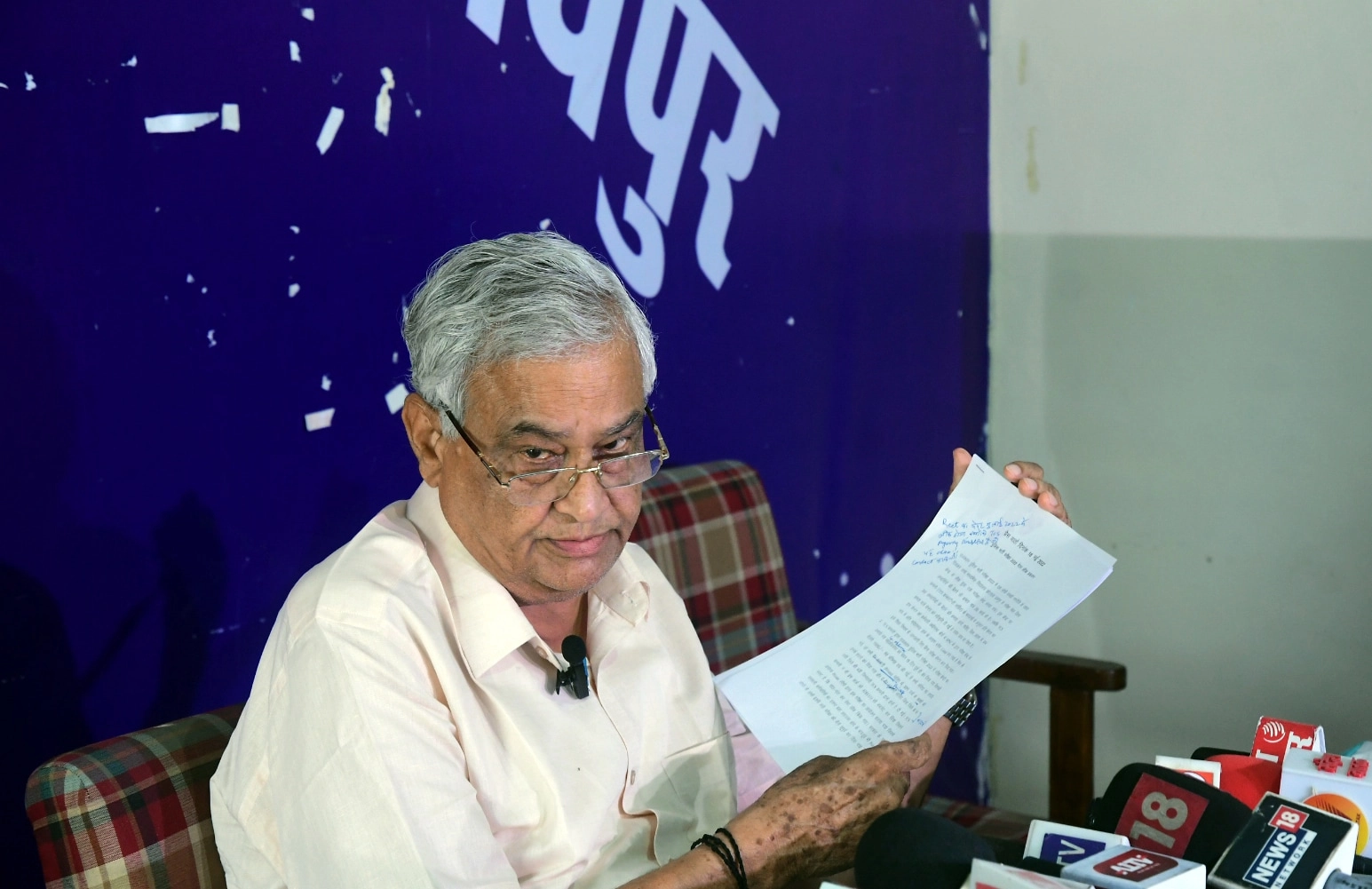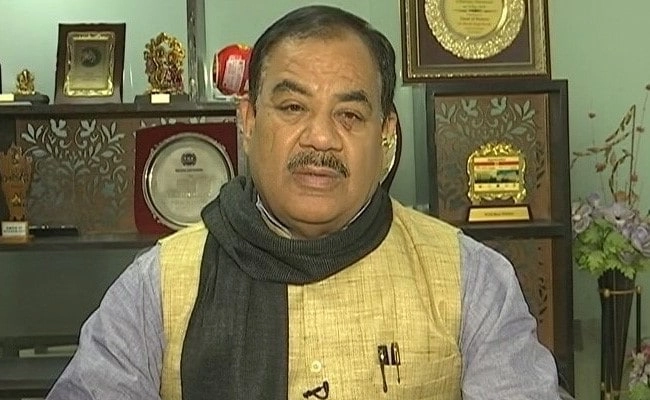The vibrant and diverse tapestry of Indian culture is woven with the threads of its numerous festivals, each holding significant importance for the communities that celebrate them. Among these, Ramlila, a traditional performance depicting the life and adventures of Lord Rama, stands out as a crucial part of the Hindu festival calendar. However, recent regulations in Delhi, particularly the enforcement of a 12 AM curfew for public events, are posing challenges to the celebration of this beloved cultural event. The curfew not only limits the duration of Ramlila performances but also hampers the festive spirit that typically envelops these gatherings, which often extend late into the night.
The 12 AM rule, intended to address concerns regarding noise pollution and public order, has sparked a heated debate among cultural enthusiasts and community leaders. Ramlila is not merely a theatrical performance; it is an elaborate expression of faith, bringing together families and communities in a shared experience that reinforces social bonds and cultural identity. By cutting short these performances, the regulation undermines the essence of the festival, which thrives on the collective participation and fervor of the audience. Moreover, the timing of these performances is crucial, as many attendees prefer to engage after their daily responsibilities, often making late-night celebrations an integral part of the experience.
Additionally, the restrictions present logistical challenges for organizers who meticulously plan these events to accommodate large audiences. The limited timeframe not only affects the performance schedules but also impacts the associated festivities, which often include food stalls, cultural exhibitions, and communal prayers. These elements are essential for creating an immersive atmosphere that captures the spirit of Ramlila. With the current regulations, many organizers fear that the authenticity and richness of the festival will be diluted, deterring audiences from fully engaging in the event.
As stakeholders in the cultural and religious community voice their concerns, it becomes essential for the government to strike a balance between maintaining law and order and preserving the cultural vibrancy that festivals like Ramlila bring to the city. Dialogue between authorities and cultural representatives can lead to solutions that respect the sanctity of these events while addressing the legitimate concerns of urban governance. Ultimately, finding common ground will not only ensure the continuation of Ramlila but will also reinforce the importance of cultural festivities in fostering community spirit and social cohesion in an increasingly urbanized world.




